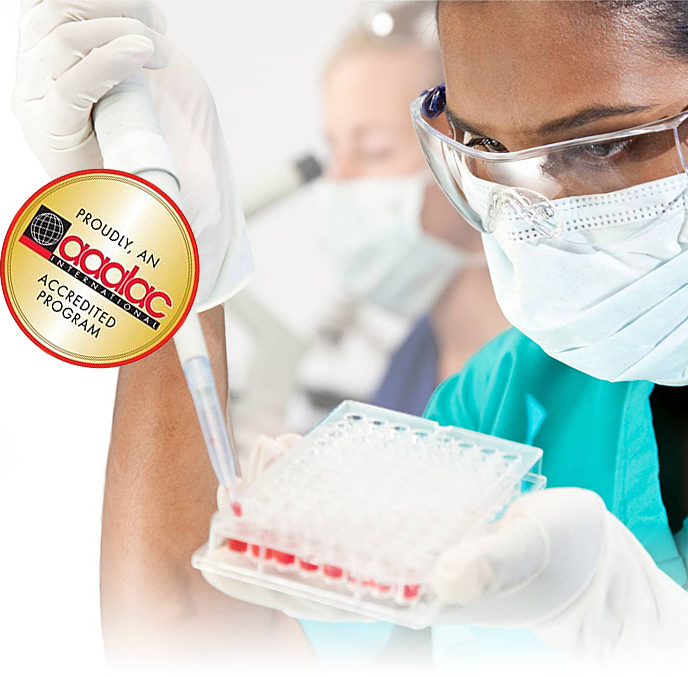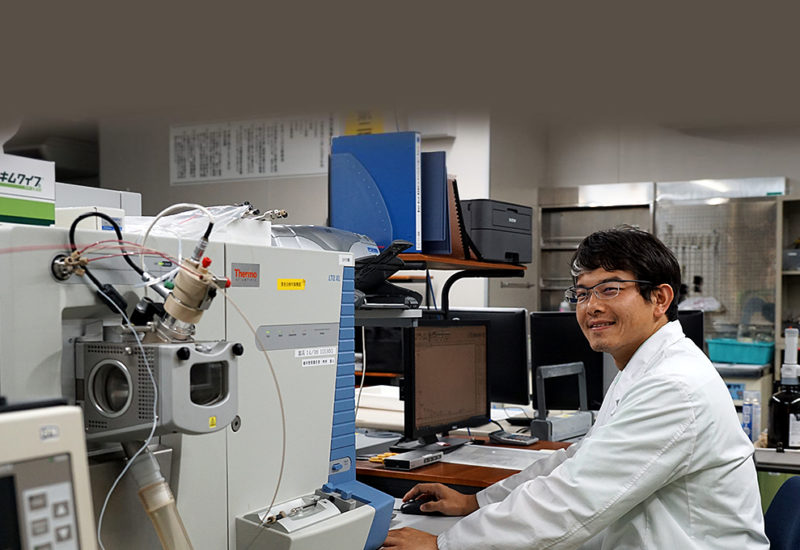A sponsor may elect to add a Tissue Dissection study to determine tissue concentration of radiolabeled drug in a nonclinical in vivo ADME study when distribution data is needed for a specific tissue or organ.

Tissue Dissection Studies to Evaluate In Vivo Distribution
You can now request quotes for our research services on BioIVT.com!
Whether you need a single assay or a complete ADME program, BioIVT’s experts will help design and implement the appropriate studies for your drug and research objectives. View BioIVT’s comprehensive portfolio of ADME research services.
Our Approach to Tissue Dissection to Assess Localized Drug Concentration
Tissue Dissection is one of our specialized in vivo ADME studies performed by our partners. This study can tell a drug developer the drug concentration in tissues and organs, as part of a distribution study in the relevat animal model.
Our partner in Japan, the Drug Development Solutions Center, has accumulated over 50 years’ experience performing radioisotope (RI) experimentation, synthesis, and purity checks for pharmaceutical companies as the leading in vivo ADME CRO in Japan. The facilities are AAALAC-accredited to meet compliance with ethical requirements upheld by FDA, EMA, and PMDA for all animal studies, radiolabeled compound synthesis and related in vivo ADME capabilities.
In vivo time-course distribution of a drug and its metabolites in various tissues can be determined by quantifying radiolabeled drug in dissected target tissues from treated animals of a clinically relevant species at several time points, out to complete excretion.

Persistency and plasma protein binding ratio are also analyzed to complement drug concentration data. In the case of considerable persistence of tissue radioactivity, the chemical form of residual radioactivity is analyzed.
Tissue Dissection Study Capabilities
| HUMAN CYP MARKERS | UGT, MAO AND OTHERS | ANIMAL P450S | DRUG TRANSPORT | Tissue Options |
|---|---|---|---|---|
| 1′ -Hydroxy midazolam (3A4) 6β-Hydroxy testosterone (3A4) Oxidized nifedipine (3A4) ortho-Hydroxy atorvastatin (3A4) Acetaminophen (1A2) Dextrorphan (2D6) Hydroxy bufuralol (2D6) 7-Hydroxy coumarin (2A6) Hydroxy bupropion (2B6) 8-Hydroxy efavirenz (2B6) 6α-Hydroxy paclitaxel (2C8) N-Desethyl amodiaquine (2C8) 4′ -Hydroxy diclofenac (2C9) 4-Hydroxy tolbutamide (2C9) 4′ -Hydroxy mephenytoin (2C19) 6-Hydroxy chlorzoxazone (2E1) Hydroxy ebastine (2J2) 12-Hydroxy lauric acid (4A11) | Estradiol-3-β-D- glucuronide (UGT1A1) Chenodeoxycholic acid glucuronide (UGT1A3) Trifluoperazine glucuronide (UGT1A4) Naphthol glucuronide (UGT1A6) Propofol glucuronide (UGT1A9) Morphine-3-β-D-glucuronide (UGT2B7) Testosterone-β-D glucuronide (UGT2B17) 4-Methylumbelliferyl glucuronide (UGTs) 5-Hydroxy tryptophol (MAO-A) Dimethylamino benzaldehyde (MAO-B) Vanillic acid (Aldehyde Oxidase) Phthalazone (Aldehyde Oxidase) 5-Aceominosalicylic acid (NAT-1) | Rat Hydroxy- testosterone (2α, 6β, 7α, 16β) Dog Hydroxy testosterone (6β, 16α) Mouse Hydroxy- testosterone (6β, 15α, 16β) Monkey Hydroxy-testosterone (2β, 6β, 16α, 16β) | Digoxin (MDR1) Prazosin (BCRP) | Plasma Mandibular gland, Fat Ileum Blood Mandibular lymph node Brown fat Urinary bladder Thymus Skeletal muscle Testis* Cerebellum Heart Skin Epididymis* Pituitary gland Lung Bone Marrow Prostate gland* Stomach Uterus* Pituitary gland Spleen Duodenum Trachea Pancreas Colon |
*Can be fractionated
**Only male
***Only female
Other tissue types may be available upon request.

